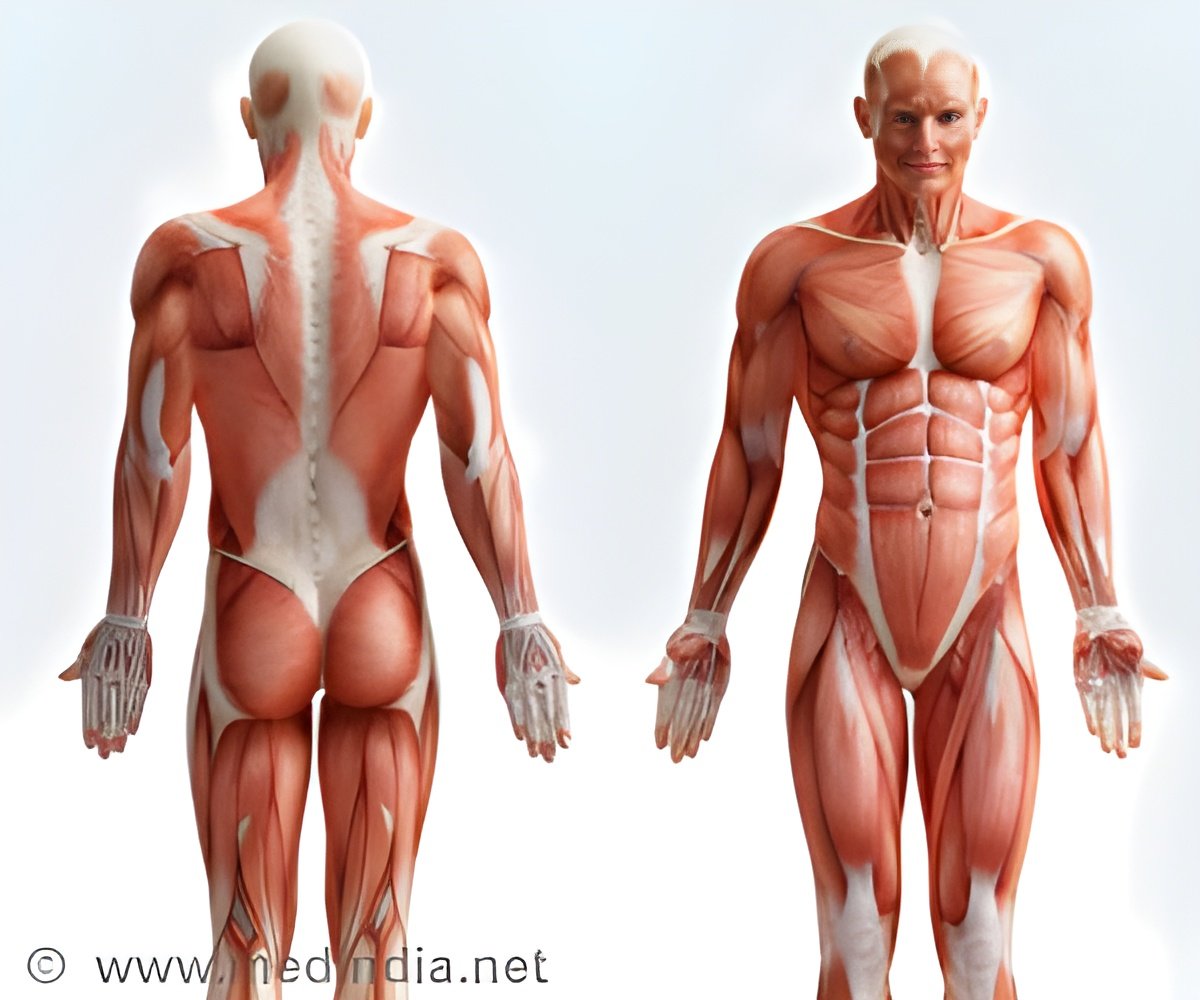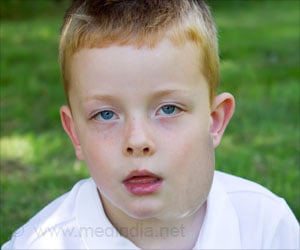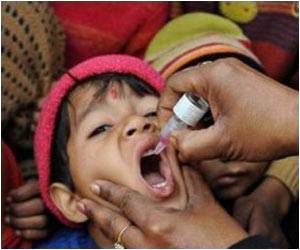
The study, led by Ajay Chawla, MD, PhD, an associate professor of medicine at the UCSF Cardiovascular Research Institute, showed that after eosinophils move to the site of injury, they collaborate with a kind of progenitor cell - immature cells similar to stem cells - to drive the formation of new muscle fibers. The progenitors, called the fibro/adipogenic cells (FAP), do not spin off muscle cells directly.
"Without eosinophils you cannot regenerate muscle," Chawla said.
FAP cells have been known for their role in making fat, which occurs as the body ages or experiences prolonged immobility. They also have been known to make cells that form connective tissue.
But the UCSF study showed that FAP cells also team up with eosinophils to make injured muscles get stronger rather than fatter, at least in mice.
In a kind of cellular chain reaction, Chawla's team found that when eosinophils at the site of muscle injury secrete a molecule called IL-4, FAP cells respond by expanding their numbers.
Advertisement
"They wake up the cells in muscle that divide and form muscle fibers," he said.
Advertisement
Chawla's team found that, even before active muscle repair, the chain reaction initiated by eosinophils performs another necessary task - taking out the garbage.
"Eosinophils, acting via FAPs, are needed for the rapid clearance of necrotic debris, a process that is necessary for timely and complete regeneration of tissues," Chawla said.
Bigger and more abundant immune cells called macrophages - with large appetites and a propensity to gobble up debris in other destructive scenarios - had often, but erroneously, been credited with cleaning up messes within distressed muscle tissue.
The study is published in the journal Cell.
Source-ANI










